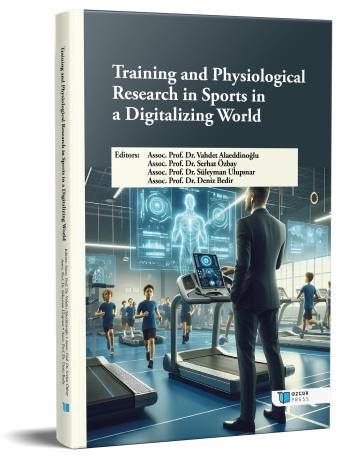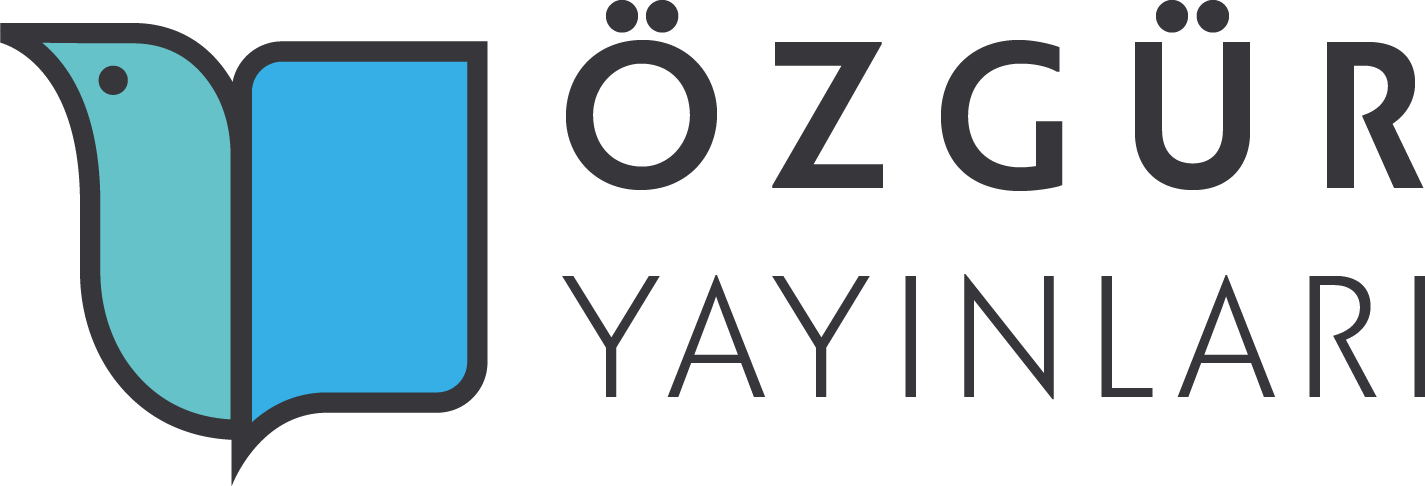
Exercise and Immunology
Şu kitabın bölümü:
Alaeddinoğlu,
V.
&
Özbay,
S.
&
Ulupınar,
S.
&
Bedir,
D.
(eds.)
2025.
Training and Physiological Research in Sports in a Digitalizing World.
Özet
This abstract provides a concise overview of the profound and multifaceted interactions between exercise and the human immune system, highlighting their significant implications for overall health and well-being. Regular physical activity is consistently demonstrated to exert a powerful immunomodulatory effect, leading to enhanced immune surveillance and improved host defense mechanisms. Moderate, consistent exercise is associated with beneficial adaptations, including increased natural killer cell activity, optimized cytokine profiles that balance pro- and anti-inflammatory responses, and improved efficiency in immune cell trafficking. These adaptations contribute to a more robust immune response against pathogens, reducing the incidence and severity of common infections.
Furthermore, the beneficial effects extend to the management of chronic conditions. Exercise has been shown to mitigate chronic low-grade inflammation, a common underlying factor in many non-communicable diseases, including cardiovascular disease, type 2 diabetes, and certain cancers. While acute, high-intensity exercise can transiently suppress certain immune functions, leading to a temporary "open window" of increased susceptibility, the long-term benefits of consistent, moderate physical activity far outweigh these transient effects. Understanding these intricate interactions provides a strong scientific basis for prescribing exercise as a powerful tool in preventive medicine and as an adjunct therapy in the management of immune-related health challenges.

